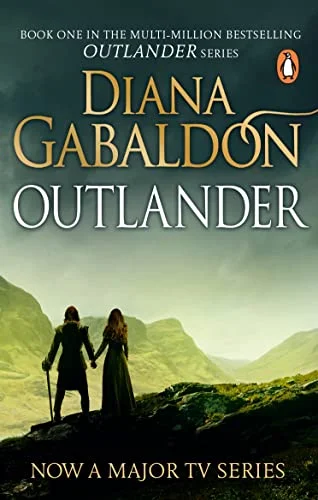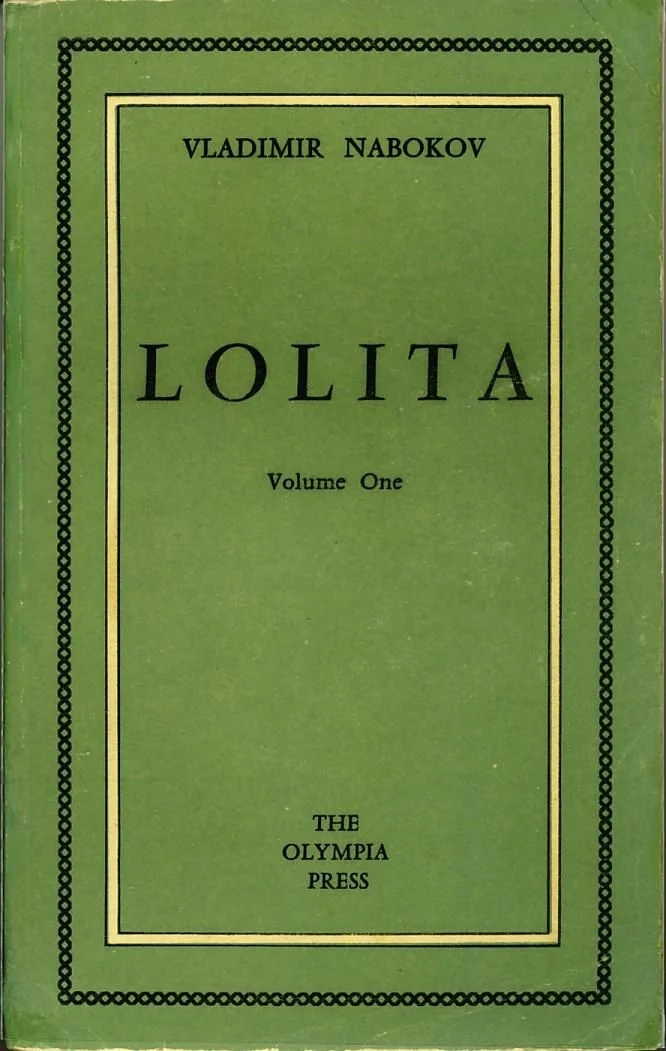Diana Gabaldon’s Outlander series—and its successful television adaptation—has become a cultural phenomenon for its bold combination of romance, historical drama, and time-travel fantasy. Spanning centuries and continents, Outlander captivates audiences by weaving together vivid historical settings with a speculative premise.
At the heart of the story is Claire Randall, a 20th-century English nurse who is mysteriously transported to 18th-century Scotland. Yet despite this fantastical entry point, Outlander remains grounded in meticulously researched history, making it one of the rare examples of historical fiction that incorporates fantasy without sacrificing authenticity.
This balance between historical accuracy and speculative fiction is not accidental. It is a carefully crafted technique that allows readers and viewers to immerse themselves in real historical contexts—wars, revolutions, and everyday life—while also engaging with the emotional and philosophical questions that time travel provokes. The result is a narrative that feels both grounded and transcendent, rooted in fact but open to imagination.
Historical Accuracy as Foundation, Not Decoration
Gabaldon, who holds a Ph.D. in behavioral ecology, initially set out to write historical fiction without any intention of incorporating science fiction. However, as her characters evolved and the story took shape, time travel emerged as a compelling narrative tool. What makes Outlander distinct is that its speculative elements never overshadow its historical roots. Instead, they act as a lens through which the past can be more vividly examined.
The 18th-century Scotland depicted in the series is not a generic backdrop. It is portrayed with remarkable specificity, from the clan-based social structure and Highland customs to the political tensions leading up to the Jacobite Rising of 1745. Gabaldon reportedly drew on primary sources, historical texts, and academic research to ensure the details were accurate. Traditional dress, medical practices, speech patterns, and political alignments are all rendered with care, making the fantasy component feel like an enhancement rather than a contradiction.
Language and Culture as Authentic Anchors
One of the most subtle ways Outlander maintains historical credibility is through its use of language and dialect. Scottish Gaelic is frequently used in both the books and the television series, and while translations are often provided, the decision to include the original language gives weight to the time period and setting. It creates a sense of otherness for Claire, and by extension the audience, reinforcing the feeling of cultural and temporal displacement.
Beyond language, Outlander invests in portraying cultural rituals, beliefs, and social hierarchies. The tension between Highland clans and British forces is presented with nuance, capturing both the nobility and the brutality of the era. Daily life is also depicted realistically: childbirth is dangerous, travel is arduous, and medicine is rudimentary. These grounded details ensure that even when the plot ventures into fantastical territory, the world feels historically believable.
Medicine and Midwifery: A Time Traveler’s Knowledge
A core element of Outlander’s narrative is Claire’s training as a World War II nurse, which serves as both a plot device and a bridge between centuries. Her advanced medical knowledge provides moments of tension and resolution in the 18th-century world, where her skills are seen as both miraculous and suspicious.
While time-travel stories often rely on characters having some technological edge, Outlander uses Claire’s modern knowledge not as a gimmick, but as a way to explore how scientific advancement affects power dynamics, superstition, and gender roles in history. Claire’s attempts to practice hygiene, use antibiotics, or perform surgery are met with varying degrees of awe and hostility—realistic reactions that ground her story in the attitudes of the time.
Moreover, Gabaldon has carefully researched historical medical practices, herbal remedies, and battlefield injuries to ensure that Claire’s interventions feel plausible. The juxtaposition of modern science with historical medicine creates compelling narrative conflicts and reveals how knowledge evolves across time.
Fantasy as a Tool for Emotional and Philosophical Depth
The central fantasy element of Outlander—time travel—is introduced with little explanation. The standing stones at Craigh na Dun serve as a mystical portal between eras, and while later books touch on theories of how this might work, the mechanics remain vague. This narrative choice keeps the focus on character and theme rather than scientific explanation.
Instead of treating time travel as a technical puzzle, Outlander explores its emotional consequences. Claire’s displacement allows the story to delve into questions of identity, loyalty, and belonging. What does it mean to be torn between two centuries, two husbands, and two different versions of oneself? By maintaining a historical framework, these questions gain more emotional weight. Claire’s love for Jamie is intensified by the political upheavals of his time, and her knowledge of the future adds complexity to their decisions.
In this way, fantasy functions not as an escape from history, but as a means of engaging more deeply with it.
Real Historical Events as Narrative Anchors
Outlander doesn’t merely exist in a historical setting—it engages directly with key historical events. The Battle of Culloden, the American Revolution, and the French court under Louis XV are all central to the story. These events are not just backdrops; they shape character choices, alter relationships, and drive the plot forward.
Gabaldon and the show’s producers have made clear efforts to represent these moments with accuracy. For example, the lead-up to Culloden is filled with political negotiations, regional divisions, and military strategy—all drawn from historical record. The tragedy of the battle is not romanticized, and its aftermath—the destruction of the Highland way of life—is portrayed with heartbreaking clarity.
By rooting fantasy within real events, Outlander fosters historical empathy. It allows audiences to connect emotionally with distant times while reminding them that the past is not a fantasy—it was lived, suffered, and survived.
Visual Authenticity in the Television Adaptation
The television series, produced by Starz and adapted by Ronald D. Moore, enhances the historical realism through visual storytelling. Authentic costuming, architecture, and location shooting in Scotland and other historically resonant areas lend credibility to the narrative.
Costume designer Terry Dresbach worked closely with historians to ensure that fabric choices, styles, and accessories were period-accurate. Meanwhile, set designers created immersive environments that reflect the social and economic conditions of the time—from aristocratic mansions to rural cottages and battlefields.
These efforts mean that when fantasy elements are introduced, they stand out not because they feel artificial, but because they disrupt a world that is otherwise fully realized and authentic.
Where Fact and Fantasy Intertwine
In Outlander, the fantastical coexists with the historical not in spite of accuracy, but because of it. By constructing a richly detailed and believable world, Diana Gabaldon and the creators of the series make the leap of time travel feel not only possible, but emotionally resonant. The historical realism serves as an anchor, allowing readers and viewers to explore timeless questions of love, loyalty, identity, and destiny through the lens of extraordinary circumstances.
In an era when stories often lean too far toward escapism or gritty realism, Outlander offers a rare and powerful balance—reminding us that history itself is often more fantastical, emotional, and human than we remember.


